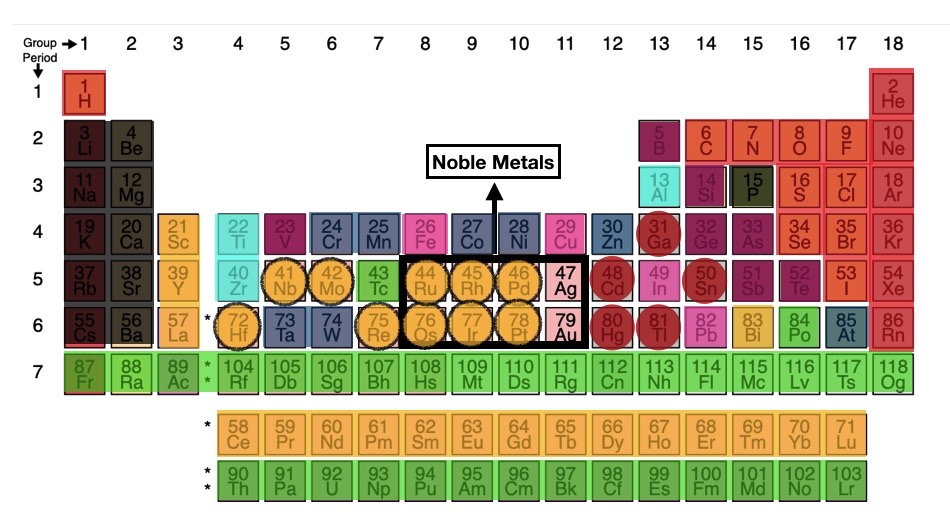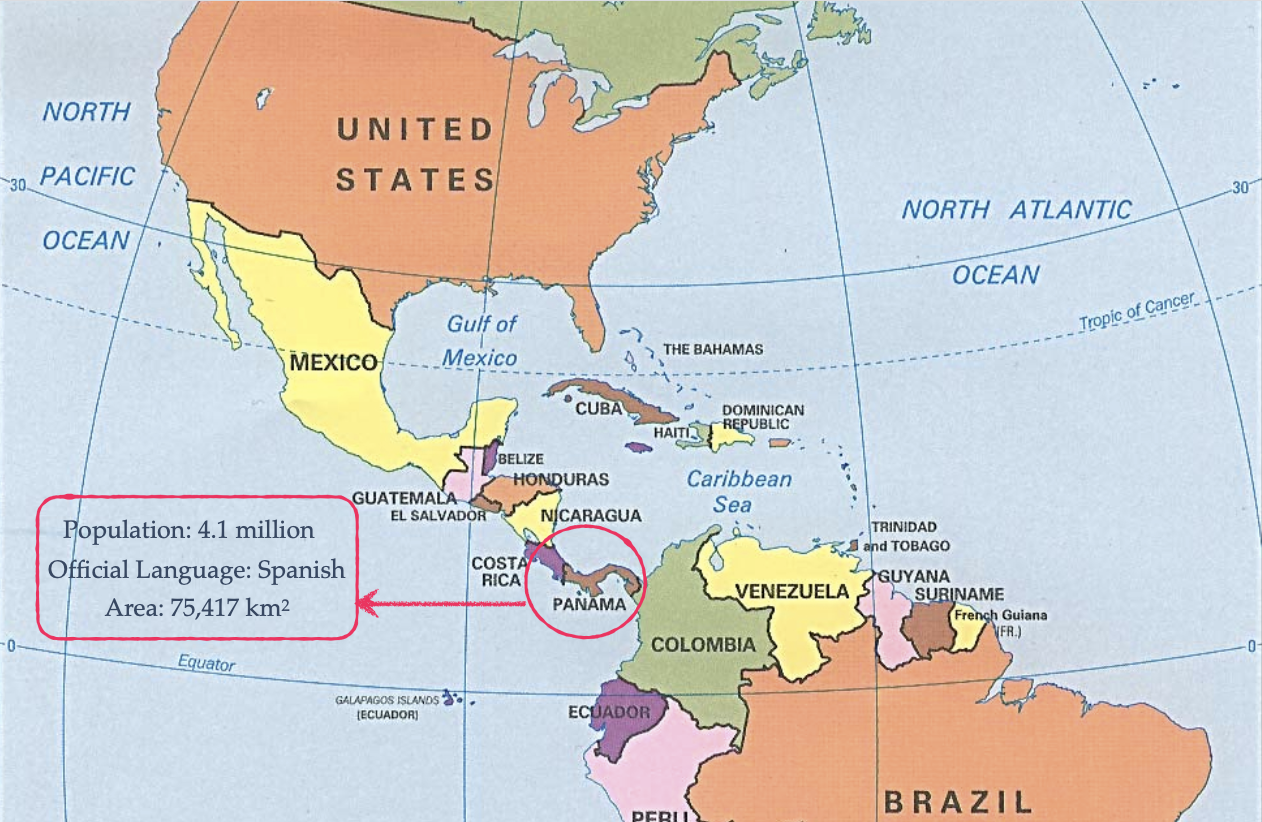Reading Time: < 1 minutes
- Coins were first introduced as a method of payment around 2600 years ago (600 BCE) in the Lydian kingdom (around modern-day Turkey).
- They brought order to the then-existing unorganized economy, which was based on barter and physical goods such as shells, food, or livestock.
- But this order wouldn’t have meant much without standardization and hierarchy of coins.
- So, in order for a coin to be considered legitimate, it had to be issued by the governing authority.
- And governing authorities of different kingdoms adopted different standards.
- The celts (ancient people who lived in parts of Europe & Asia), for example, engraved their money with symbols, and pictures of important kings.
- Romans engraved the face of the ‘current’ emperor of Rome and ‘heads’ was used to describe this side of the coin.
- ‘Tails’ comes because the tail end of something is at the opposite of the head – it is a logical conclusion and doesn’t mean anything special.
- This practice continues in many countries today and even countries that do not have coins with the head of a person call sides of their coins ‘heads’ and ‘tails’.
- For coins that don’t have the face of a person, the side with a large-scale image is called the obverse (bearing the principal design) and, therefore, ‘heads’.
- If the coins of a country don’t have any large scale image, the side that is more typical of a wide range of coins is generally called ‘heads’.
- For example, most coins in India have the State Emblem (4 lions mounted on a circular base) and, therefore, this side is called ‘heads’.
Image courtesy of Isaac Pollock through Pexels
Reference shelf :
























